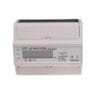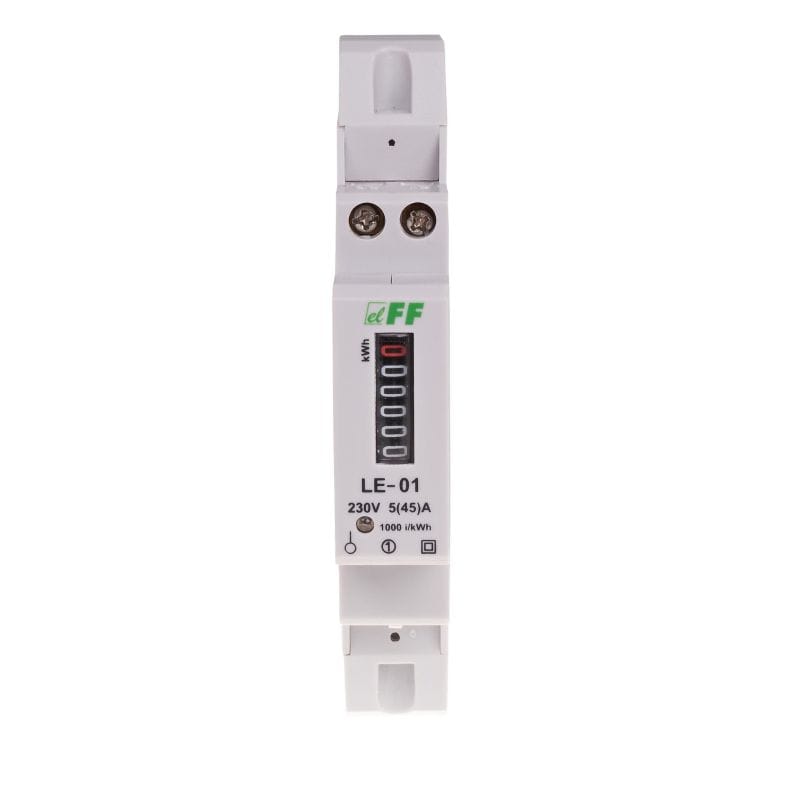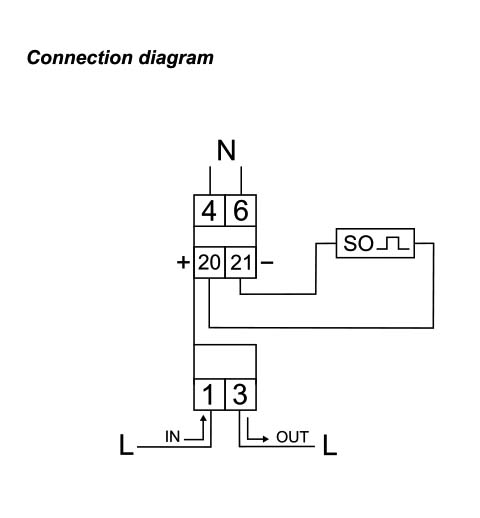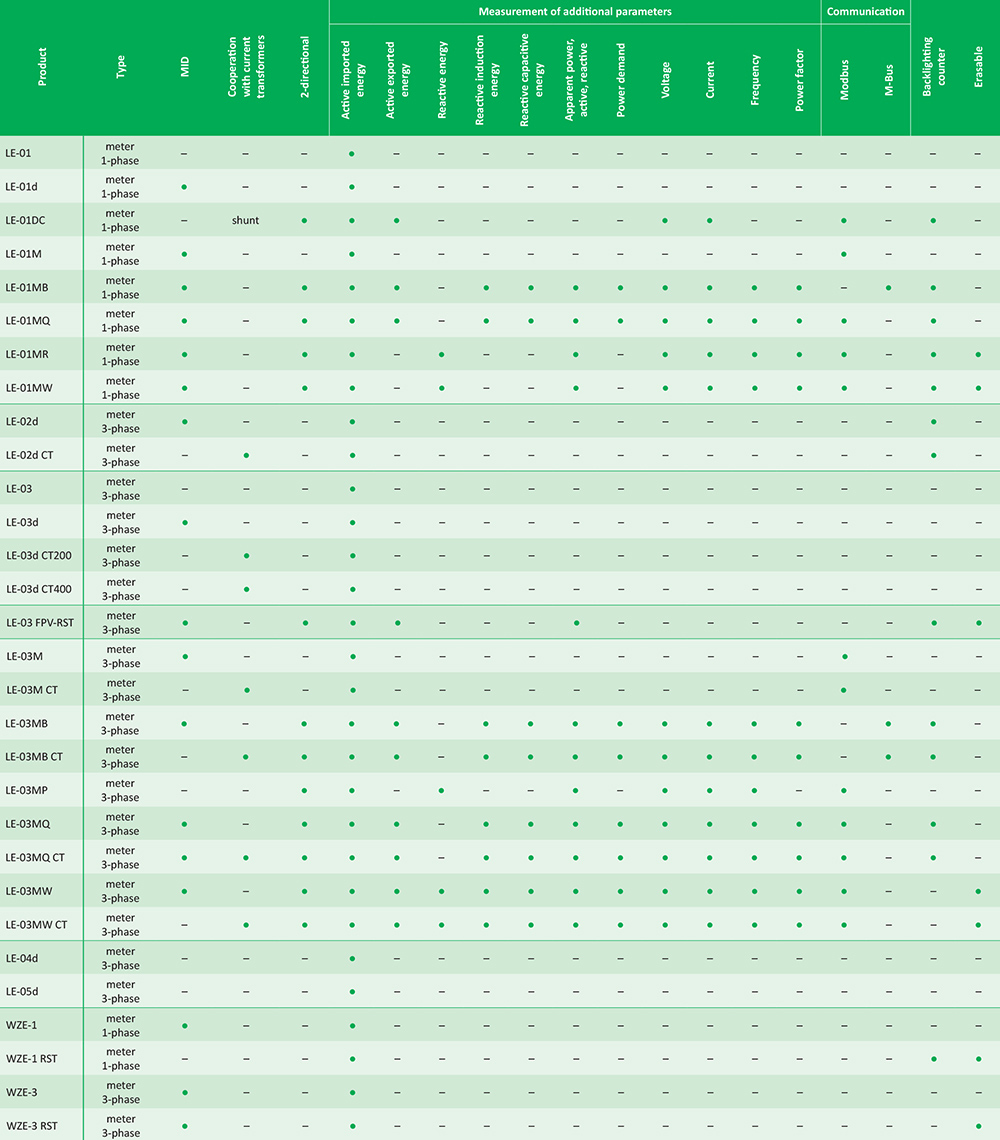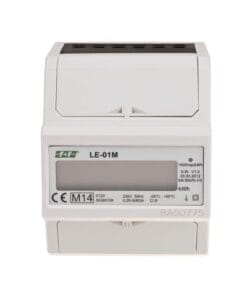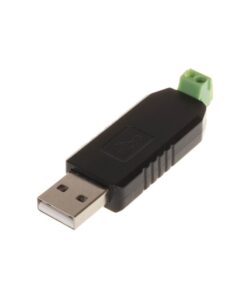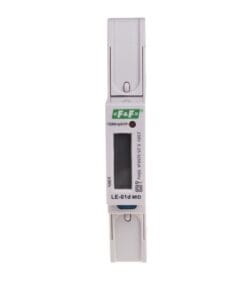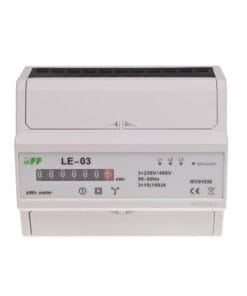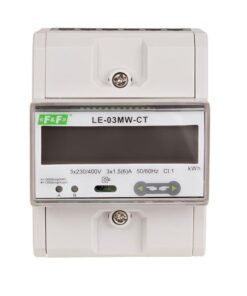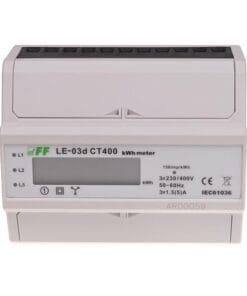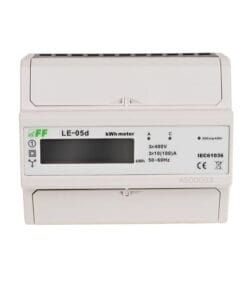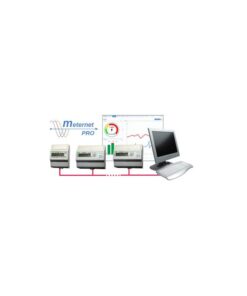Functioning
A special electronic system under the influence of current flow and applied voltage pulses generated in proportion to the electricity consumed. Energy consumption is indicated by a flashing LED. The number of pulses is converted into energy input, and its value is determined by mechanical drum counter. Last, the red number on the drum counter means the government of 1/10 kWh (100 Wh).
Pulse output
The indicator has a pulse output SO+ – SO-. This allows you to connect another device pulse-reading (SO) pulses generated by the counter.
For proper operation of the meter is not required to connect additional devices.
*) Base current – determines the current value at which the percentage measurement error is close to zero. If the current flowing through the meter is higher than the base current value, then the measurement error is negative, which works to the benefit of the electricity payer. On the other hand, if the current flowing through the meter is lower than the base current value, the percentage measurement error is positive and that acts against the electricity payer. These statements arise from metrological characteristics (percentage measurement error as a function of current), supplied to the user manual of a electricity meter. It is obvious that the meter measures electricity correctly with the meter accuracy class in the whole measurement range.
Maximum current – the maximum current for permanent load of the electricity meter.
Minimum current – the lowest value of the load current, which the meter detects and record.
Marking on the device: 5(45) A – position 1 (before the parenthesis): base current of 5A; position 2 (in parentheses): maximum current 45A.


